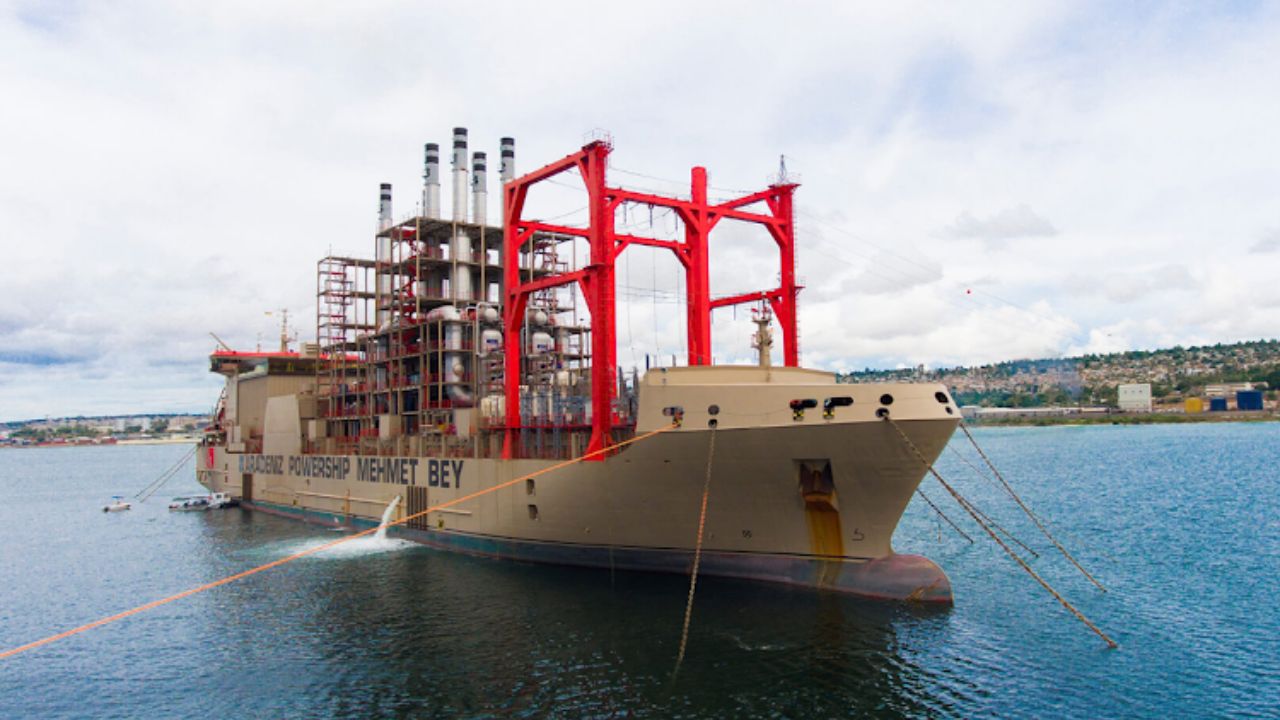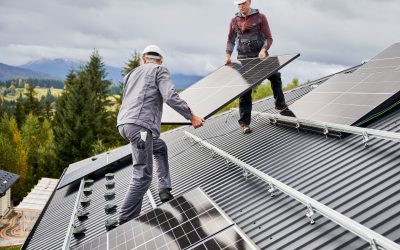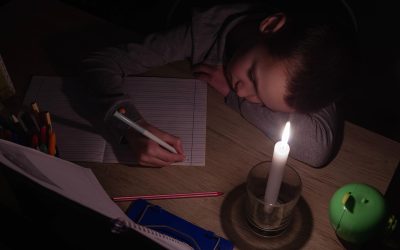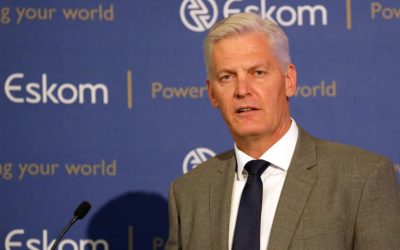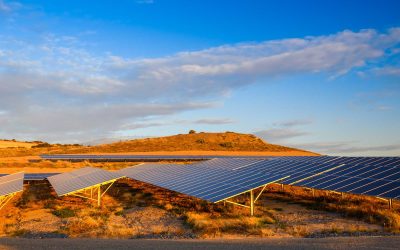Business Times reports that things appear to be moving forward with Government’s plan to procure 1.2 GW of electricity capacity from the Turkish “power-station-on-a-ship” company Karpowership [1]. I would like to look at some of the good things and some of the bad things about this move.
We Need the Technology
South Africa is in the midst of an energy crisis. Any capacity that can come online quickly should be welcomed, or at least given due consideration. In the case of Karpowerships, if the deal goes ahead, we could have 1200 MW of electricity online within 12 months.
Additionaly, Karpowerships make use of gas turbines. Gas turbines provide what we call “flexible generation”. This is power that can be ramped up and ramped down within minutes. Renewable energy technology, specifically solar PV and wind, provides what we call “variable generation”. Power from renewable energy is dependent on the weather and is not in constant or consistent supply. To take full advantage of our renewable resources and run the country on up to 70% renewable energy, we need to complement variable renewables generation with flexible generation. In that sense, procuring Karpowerships is a good thing and will help us to achieve this energy mix.
It’s all about the Deal
Business Times reports that the agreement between Government and Karpowership is not public information. This agreement is incredibly important. A bad deal would be detrimental to our electricity system and our economy. In contrast, a good deal would be highly beneficial.
One key aspect of the agreement is the length of the power purchase agreement. Currently, it seems like the agreement will be for 20 years. However, our electricity minister is advocating reducing it to 5 years. This would put us in a good position. We can get the power, relieve some pressure on the electricity system, and then renegotiate the deal after 5 years. Furthermore, that renegotiation could give us a deal that complements our renewables fleet.
We can do it locally
I mentioned earlier that the power can be procured within 12 months. I must say, I’m not very impressed by that lead time. For me, a lead time of 3-6 months would have been more impressive. If it takes a year to get a ship to South Africa, then they’re probably constructing it first and then sending it. We don’t need to enter into a secret agreement with an international company to get gas power generation, especially if it’s going to take about the same amount of time it would take us to build gas power locally.
We can build locally, with local contracts, using local labour, and we could locate these power stations at favourable electricity feed-in points. This is a much better approach.
Karpowerships are a good idea. Ultimately, the execution is what makes them unattractive.
[1] Magubane, K. 4 June 2023. “Karpowership upbeat over victories”. Business Times. Available at https://www.businesslive.co.za/bt/business-and-economy/2023-06-04-karpowership-upbeat-over-victories/ (Accessed 7 June 2023).

